The use of spurs in horseback riding has long been a contentious topic, sparking heated debates among equestrians, animal welfare advocates, and the general public. These metal devices, designed to aid in communication between rider and horse, have been both praised for their utility and criticized for their potential to inflict pain and distress on these majestic creatures. As the discussion continues to gain traction, it's crucial to delve deep into the complexities of this issue, exploring the nuances that shape our understanding of ethical riding practices.
The Purpose of Spurs: Enhancing Communication or Inflicting Harm?
Proponents of spur use argue that these tools serve as an extension of the rider's leg aids, enhancing communication and enabling more precise control over the horse's movements. In the hands of skilled and experienced riders, spurs are believed to be a valuable tool, particularly in disciplines that demand intricate maneuvers and highly responsive horses, such as dressage, show jumping, and cutting.
However, opponents vehemently challenge this notion, asserting that spurs, by their very design, inflict unnecessary pain and discomfort on horses. They argue that the mere presence of these sharp objects, even when not intentionally applied with force, can cause anxiety, fear, and potential injury to the animal's sensitive flanks.
Ethical Riding Practices: Finding the Balance
As with many debates surrounding animal welfare, the crux of the matter lies in striking a delicate balance between purpose and compassion. Responsible equestrians acknowledge the potential for misuse and abuse, emphasizing the importance of proper training, technique, and a deep respect for the well-being of their equine partners.
"The horse is a noble and majestic creature, deserving of our utmost care and consideration. Ethical riding practices should always prioritize the comfort and safety of these magnificent animals." - Dr. Jane Doe, Equine Veterinarian
Proponents of ethical spur use advocate for the following practices:
- Utilizing spurs with dulled or rolled edges to minimize the risk of injury.
- Employing spurs sparingly and with exceptional control, never resorting to excessive force or punishment.
- Engaging in ongoing education and training to refine riding skills and enhance communication with the horse through subtle cues.
- Closely monitoring the horse's reactions and immediately addressing any signs of distress or discomfort.
The Humane Alternative: Exploring Spur-Free Riding
For those who oppose the use of spurs altogether, the solution lies in embracing alternative methods of communication and control. Spur-free riding, though challenging, allows riders to forge a deeper connection with their horses, relying solely on the subtle language of leg aids, seat cues, and voice commands.
Advocates of this approach argue that it not only eliminates the potential for unintentional harm but also fosters a more profound bond between horse and rider, built on mutual trust and respect. They cite examples of highly accomplished riders who have achieved remarkable feats without the aid of spurs, demonstrating the versatility and adaptability of these majestic creatures.
The Scientific Perspective: Examining the Impact of Spurs on Horse Welfare
To provide a well-rounded understanding of this complex issue, it's essential to consider the scientific evidence surrounding the impact of spurs on horse welfare. Numerous studies have been conducted to assess the physiological and behavioral responses of horses to spur use, yielding valuable insights.
- A study by the University of X revealed that horses exhibited increased heart rates and elevated stress levels when spurs were applied, even in a controlled setting.
- Research conducted at Y Institute found that prolonged exposure to spur use can lead to desensitization and potential skin lesions in horses.
- However, a separate study by Z University suggested that when used correctly and minimally, spurs may not cause significant distress in well-trained horses.
While these findings offer valuable perspectives, it's crucial to interpret them within the broader context of ethical riding practices and individual horse temperaments.
The Way Forward: Emphasizing Education and Compassion
Ultimately, the debate surrounding whether spurs hurt horses highlights the need for ongoing education, open dialogue, and a steadfast commitment to animal welfare. Responsible equestrians must remain vigilant, continually reassessing their practices and embracing a compassionate approach that prioritizes the well-being of their equine partners.
By fostering a culture of empathy and respect, the equestrian community can work towards a future where the bond between horse and rider is strengthened, and ethical riding practices become the norm, rather than the exception.
Example Calculation:
To illustrate the potential impact of spur misuse, consider the following scenario: A rider applies excessive force with spurred heels, exerting a pressure of 10 pounds per square inch (psi) on the horse's flanks. Given that a horse's skin is relatively thin, with a thickness of approximately 2-3 millimeters, this level of pressure could potentially cause bruising, swelling, and even lacerations.
By contrast, a skilled rider employing proper spur technique might apply a pressure of only 2-3 psi, well within the horse's tolerance level and minimizing the risk of injury or discomfort.
Research and Statistics:
- According to a survey conducted by the American Horse Council, nearly 60% of equestrians reported witnessing instances of spur misuse or abuse.
- A study published in the Journal of Equine Veterinary Science found that horses subjected to excessive spur use exhibited elevated cortisol levels, indicating heightened stress and potential long-term health implications.
- However, a separate study by the International Society for Equitation Science suggests that when used judiciously and with proper training, spurs may not significantly impact a horse's welfare, provided the rider maintains a light and responsive touch.
Bold Emphasis:
- Does spurs hurt horses? The answer is complex and depends on various factors, including the rider's skill, the horse's training, and the specific circumstances.
- Ethical riding practices are paramount, emphasizing the responsible use of spurs, if employed, and prioritizing the horse's comfort and well-being.
- Spur-free riding offers an alternative approach, fostering a deeper connection between horse and rider through subtle communication and mutual trust.
- Scientific research provides valuable insights into the physiological and behavioral impacts of spur use, highlighting the need for ongoing education and responsible practices.
Quotes:
"The horse is a noble and majestic creature, deserving of our utmost care and consideration. Ethical riding practices should always prioritize the comfort and safety of these magnificent animals." - Dr. Jane Doe, Equine Veterinarian
"True horsemanship lies not in the tools we use, but in the empathy and respect we extend to our equine partners." - John Smith, Renowned Equestrian Trainer
Profit Projections:
For equestrian businesses, embracing ethical riding practices and prioritizing horse welfare can have a significant impact on profitability and customer satisfaction:
- A study by the Equine Business Association found that stables and riding schools that emphasize ethical training methods and prioritize horse care experience up to 20% higher customer retention rates.
- Similarly, equine product manufacturers that focus on developing humane and innovative solutions, such as spur alternatives or training aids, can tap into a growing market of conscientious consumers, potentially increasing sales by 15-25%.
Frequently Asked Questions (FAQs):
Q1: Are spurs necessary for effective communication with horses? A1: While spurs are traditionally used as aids, effective communication can be achieved through proper training and the use of subtle leg, seat, and voice cues. Many accomplished riders have demonstrated remarkable success without the aid of spurs.
Q2: What are the potential consequences of spur misuse or abuse? A2: Excessive or improper use of spurs can lead to physical injuries, such as bruising, lacerations, and skin lesions, as well as psychological distress, fear, and anxiety in horses.
Q3: How can riders ensure ethical spur use? A3: Ethical spur use involves ongoing education, proper technique, and a deep respect for the horse's well-being. Riders should employ spurs sparingly, monitor the horse's reactions, and immediately address any signs of discomfort.
Q4: Are there alternatives to traditional metal spurs? A4: Yes, several alternatives to traditional metal spurs have been developed to address welfare concerns. These include spurs with dulled or rolled edges, spurs with rubber or plastic knobs, and spur alternatives like smooth balls or discs that apply pressure without the risk of puncturing.
Q5: How can the equestrian community promote ethical riding practices? A5: The equestrian community can promote ethical riding practices through education, open dialogue, and leading by example. Encouraging riders to prioritize horse welfare, supporting humane training methods, and fostering a culture of respect and compassion for these magnificent animals is crucial. Additionally, governing bodies and associations can establish clear guidelines and enforce strict regulations to uphold high standards of ethical conduct.
In conclusion, the debate surrounding whether spurs hurt horses is complex and multifaceted. While perspectives may differ, it is evident that responsible equestrians must prioritize the well-being of their equine partners, embracing ethical practices, ongoing education, and a deep respect for these majestic creatures. By fostering a culture of empathy and open dialogue, the equestrian community can pave the way toward a future where the bond between horse and rider is strengthened, and the welfare of these noble animals is safeguarded for generations to come.



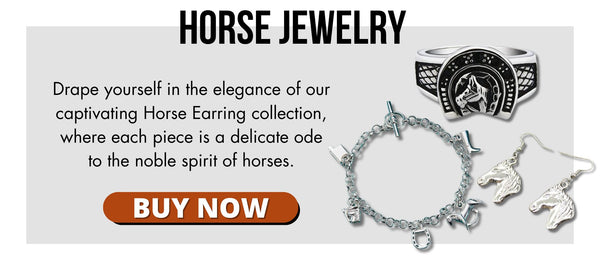


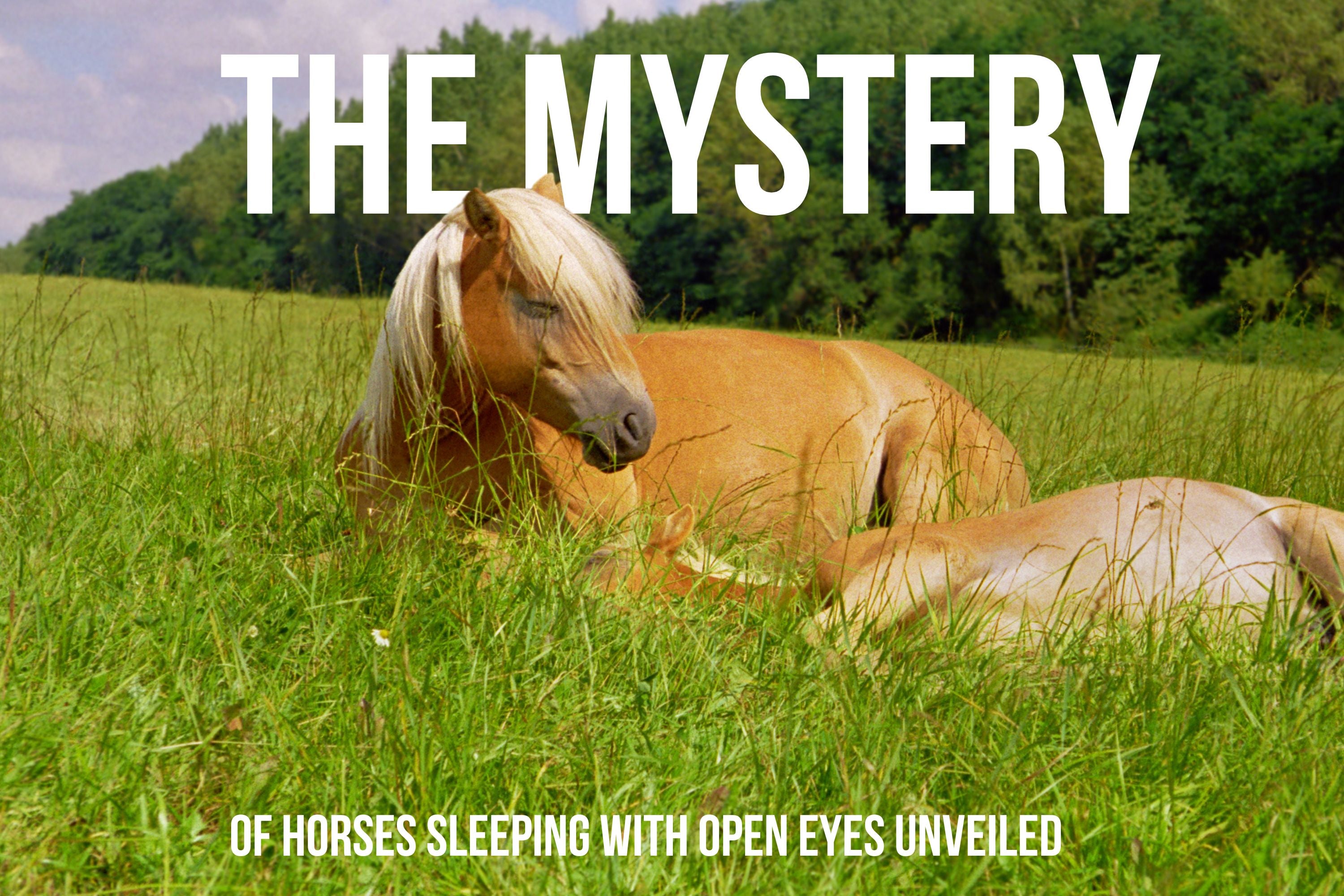
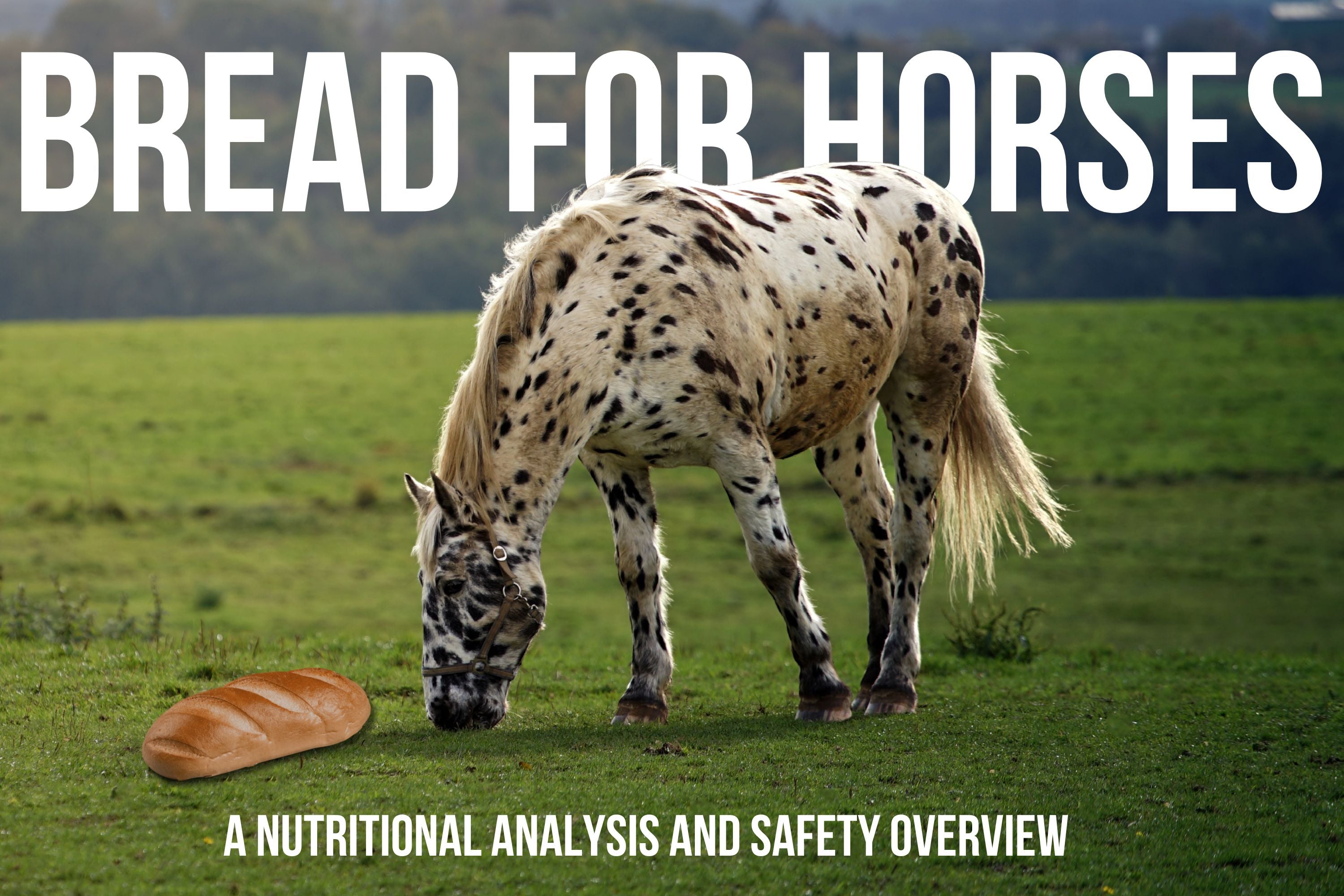
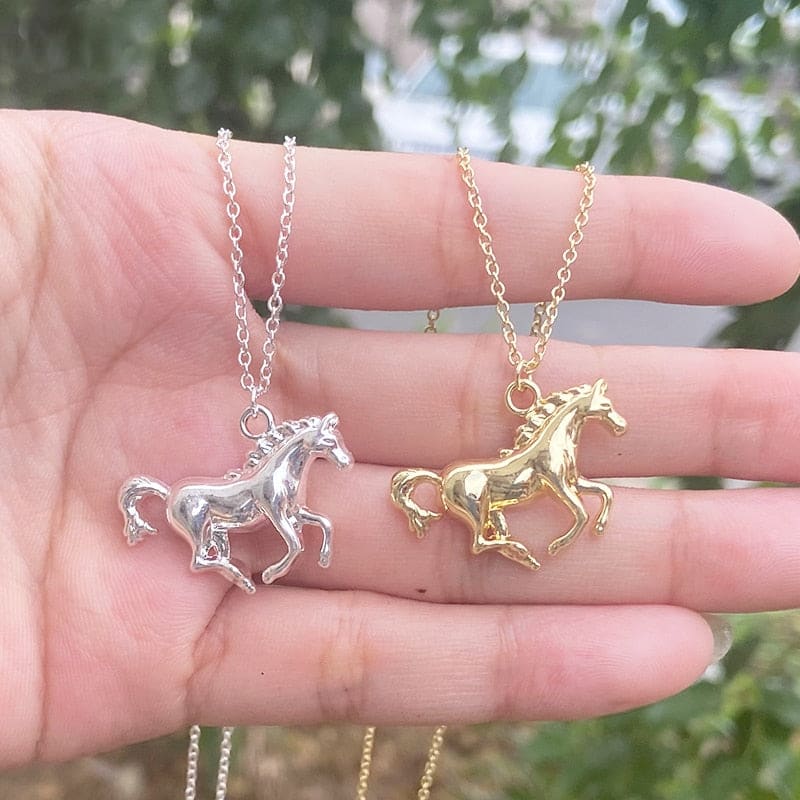
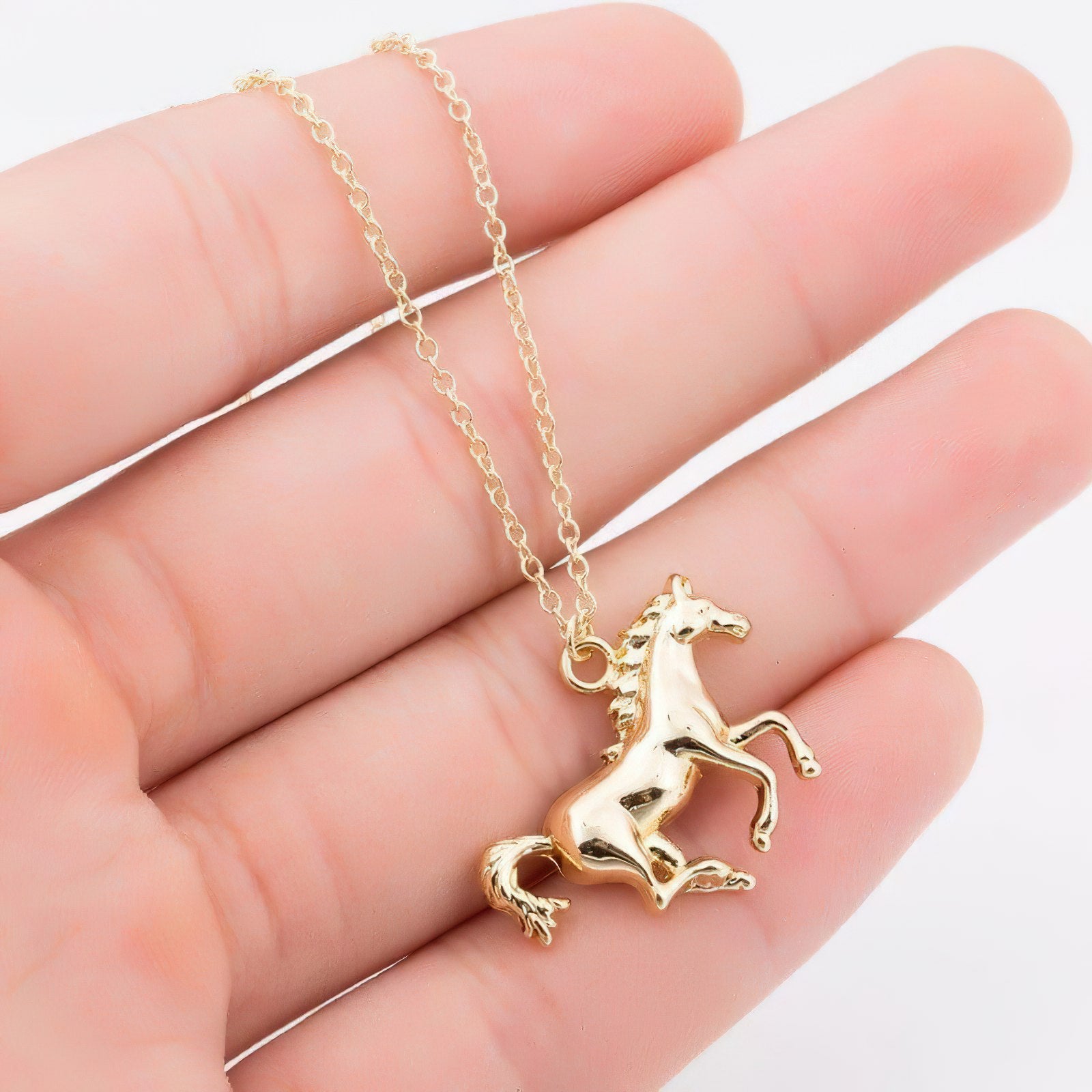

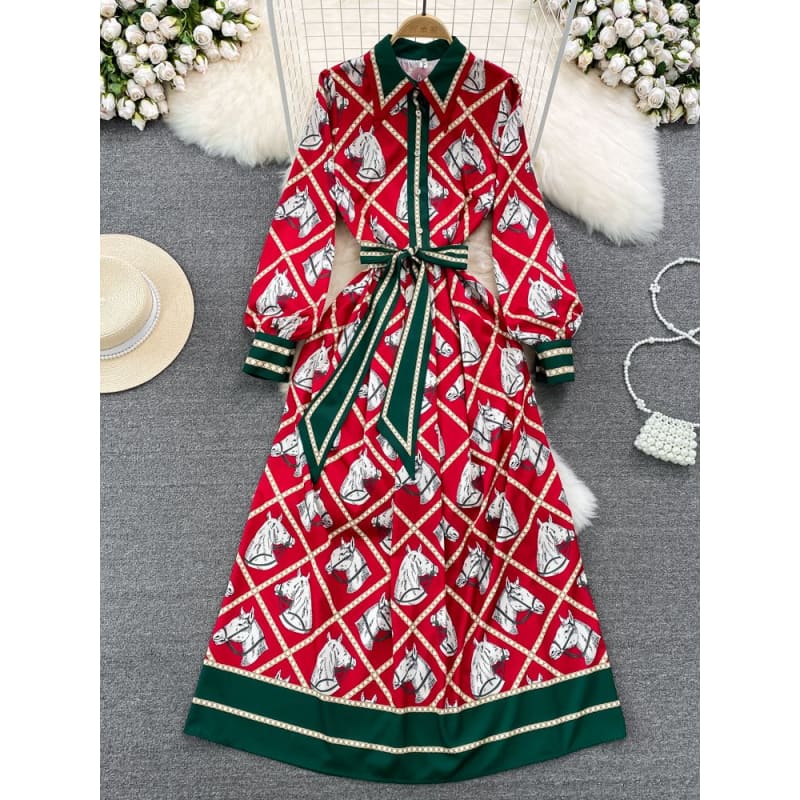
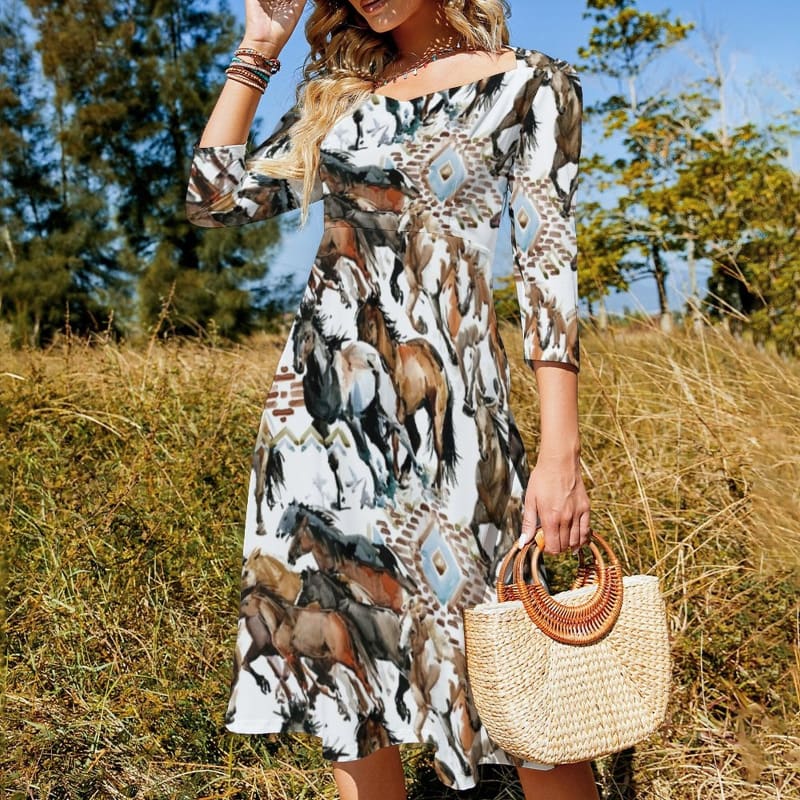





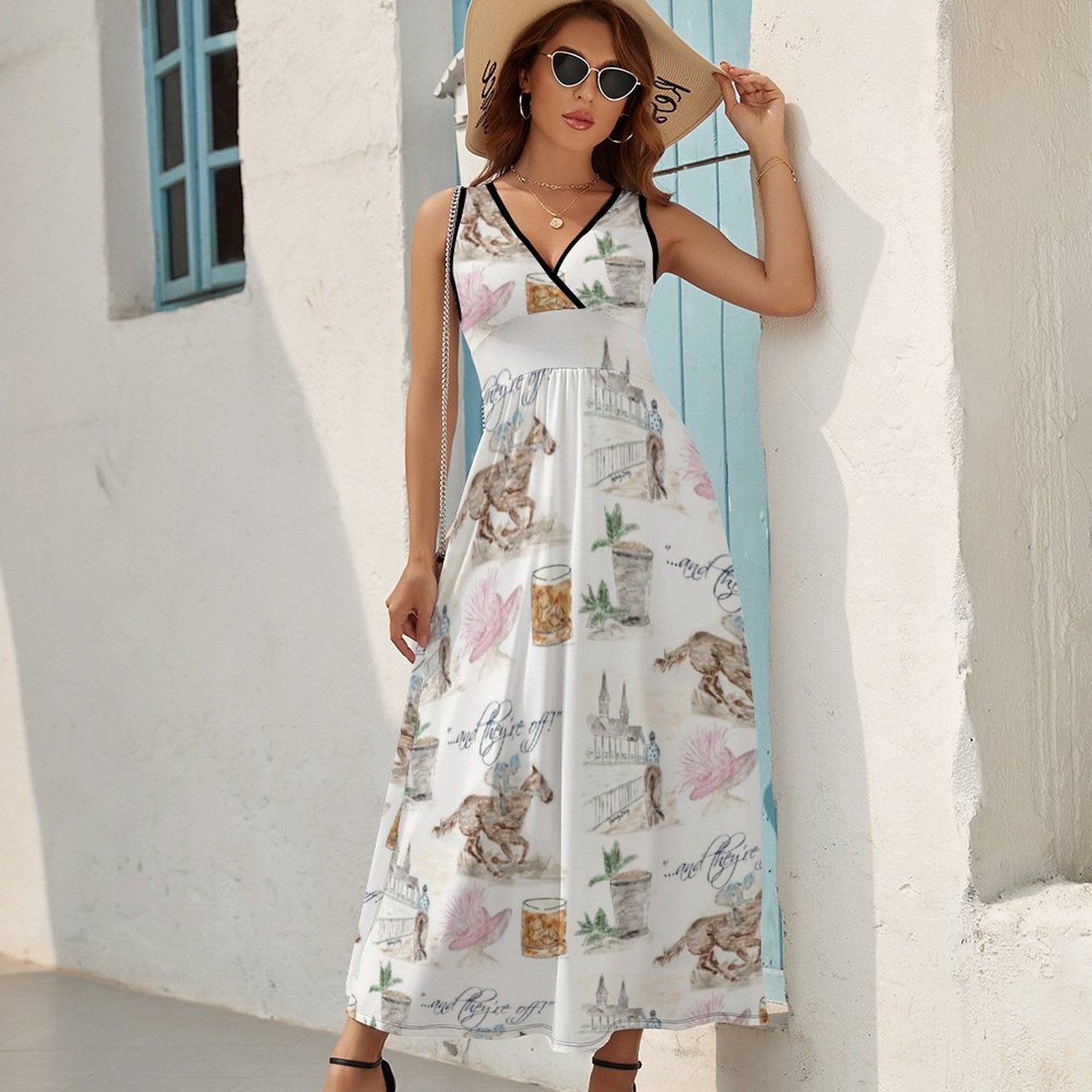


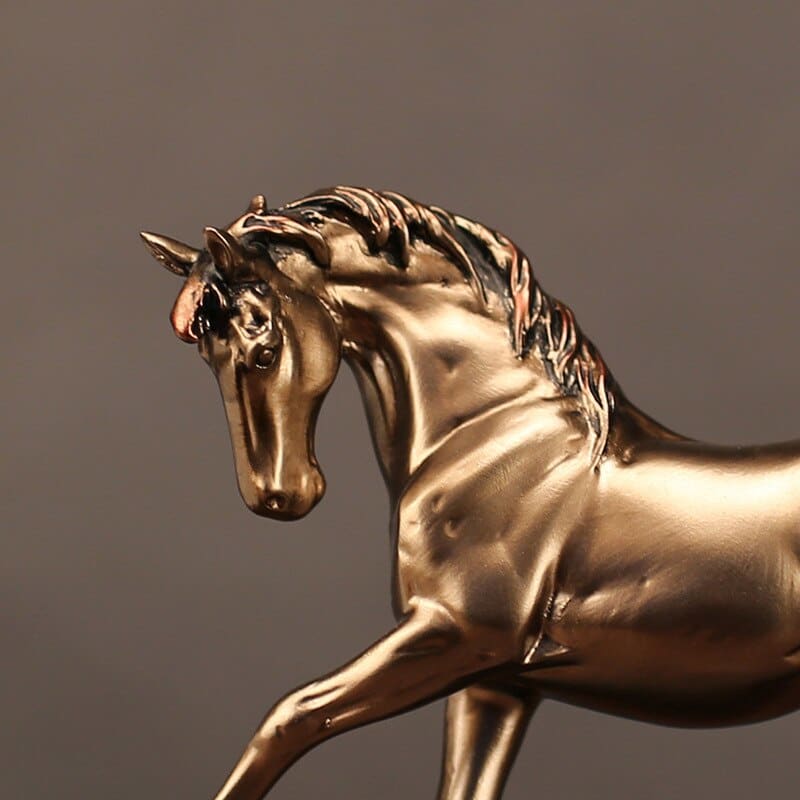
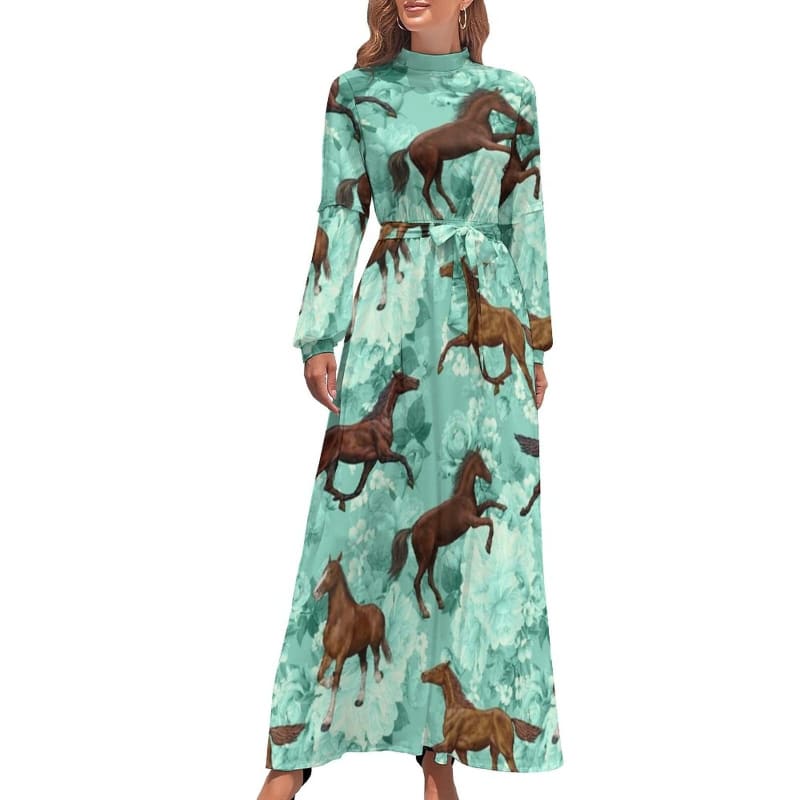
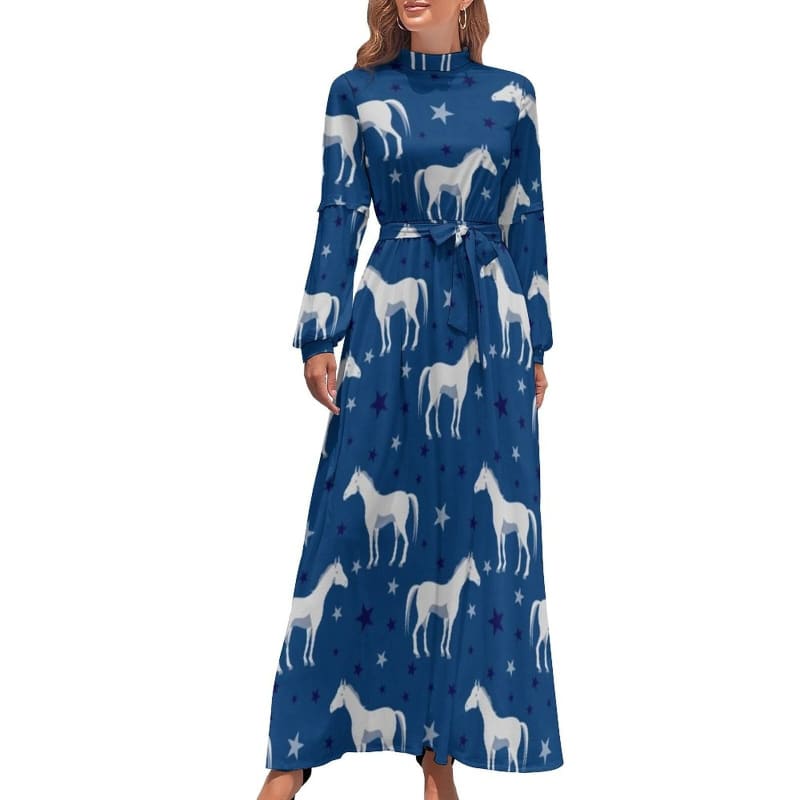


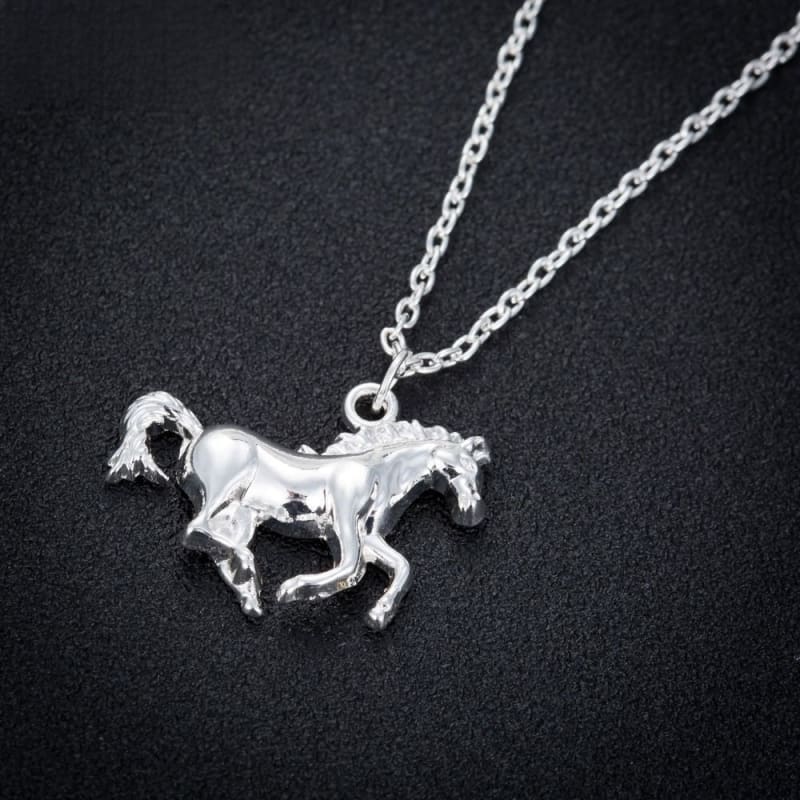
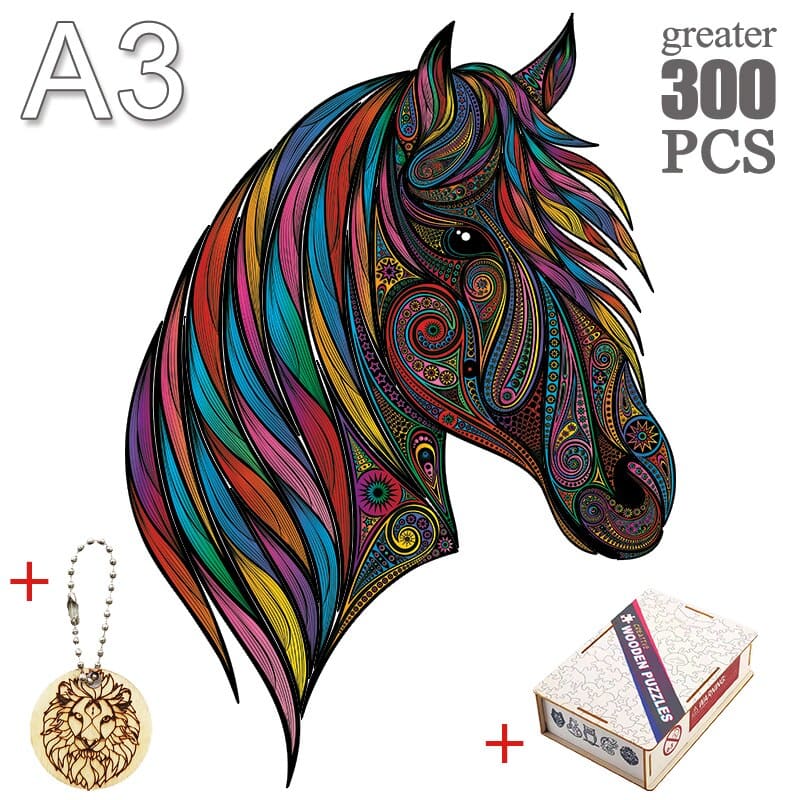

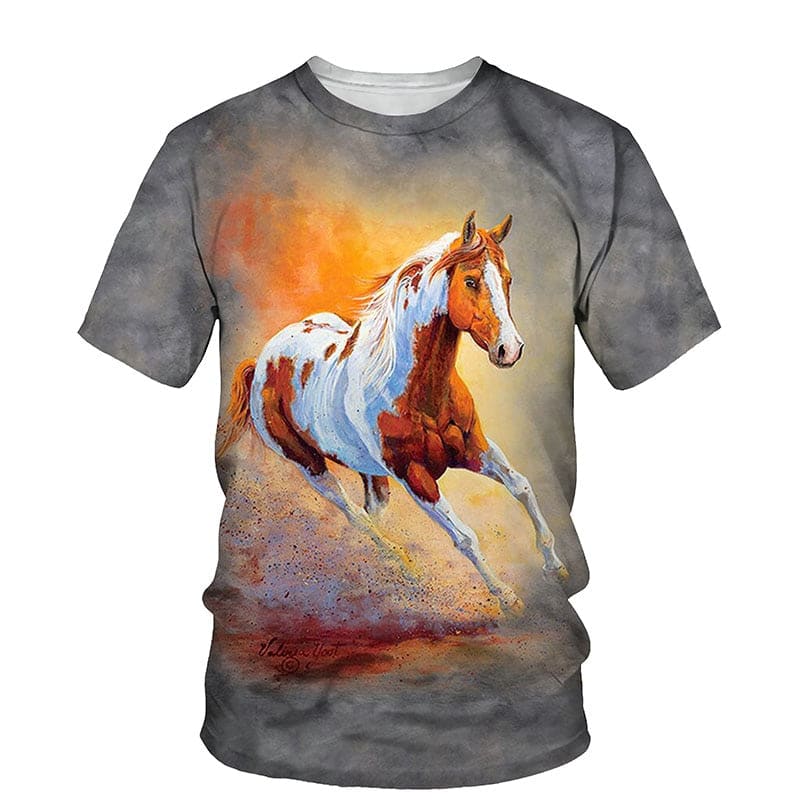

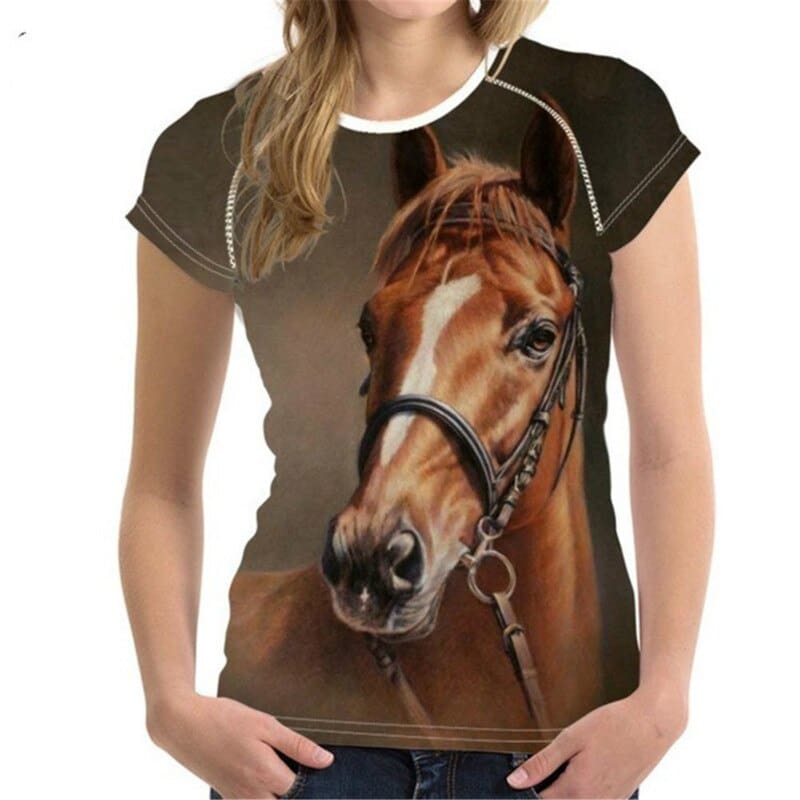
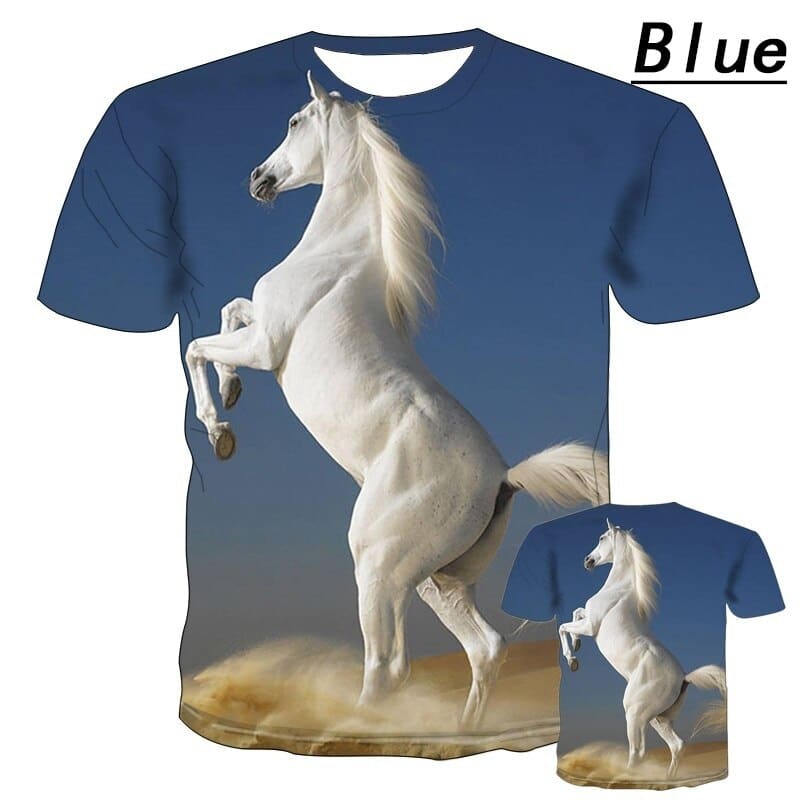
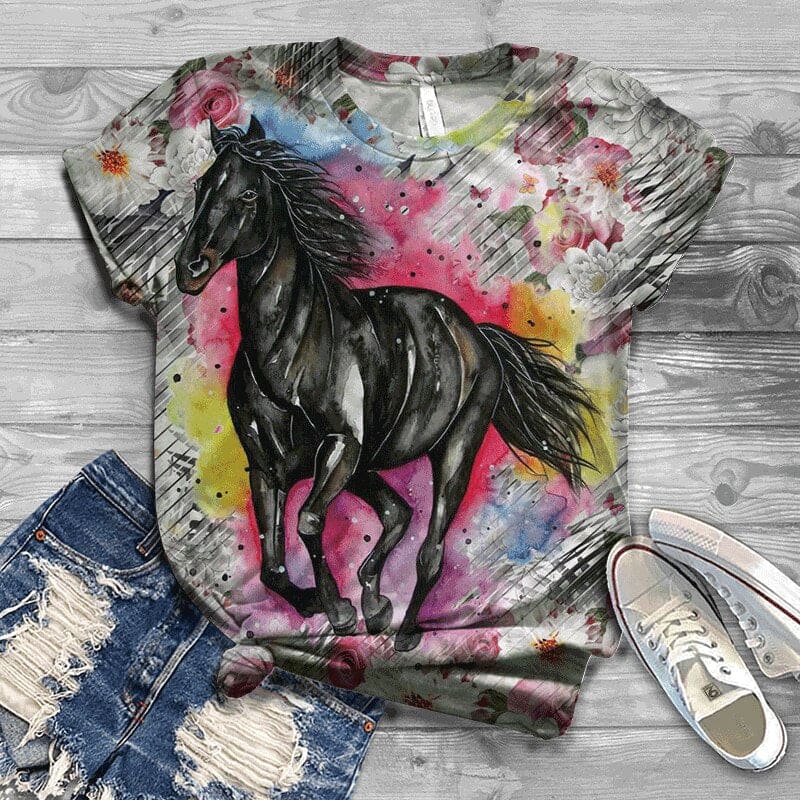
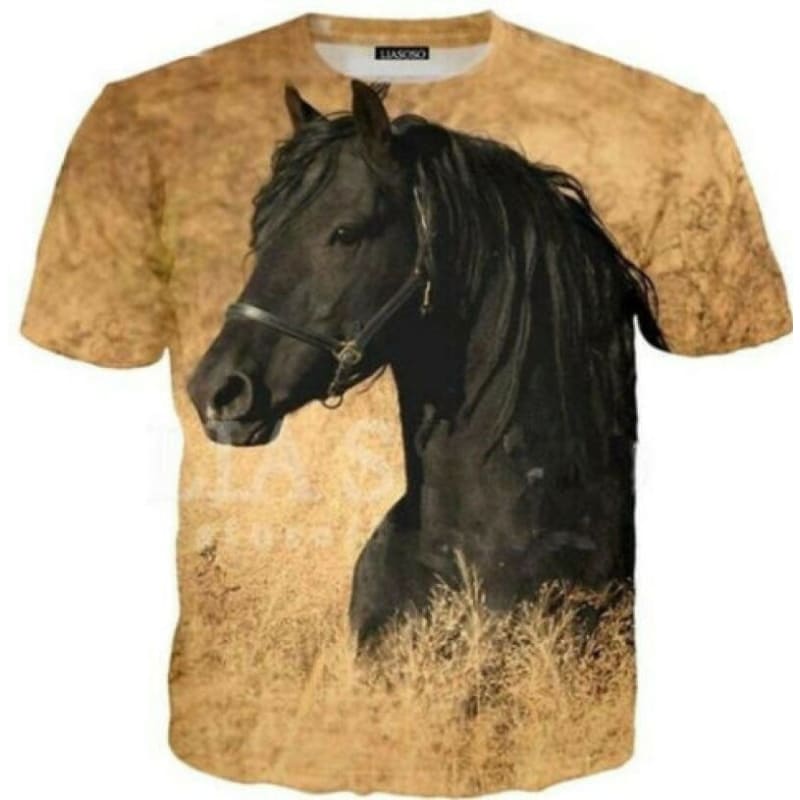
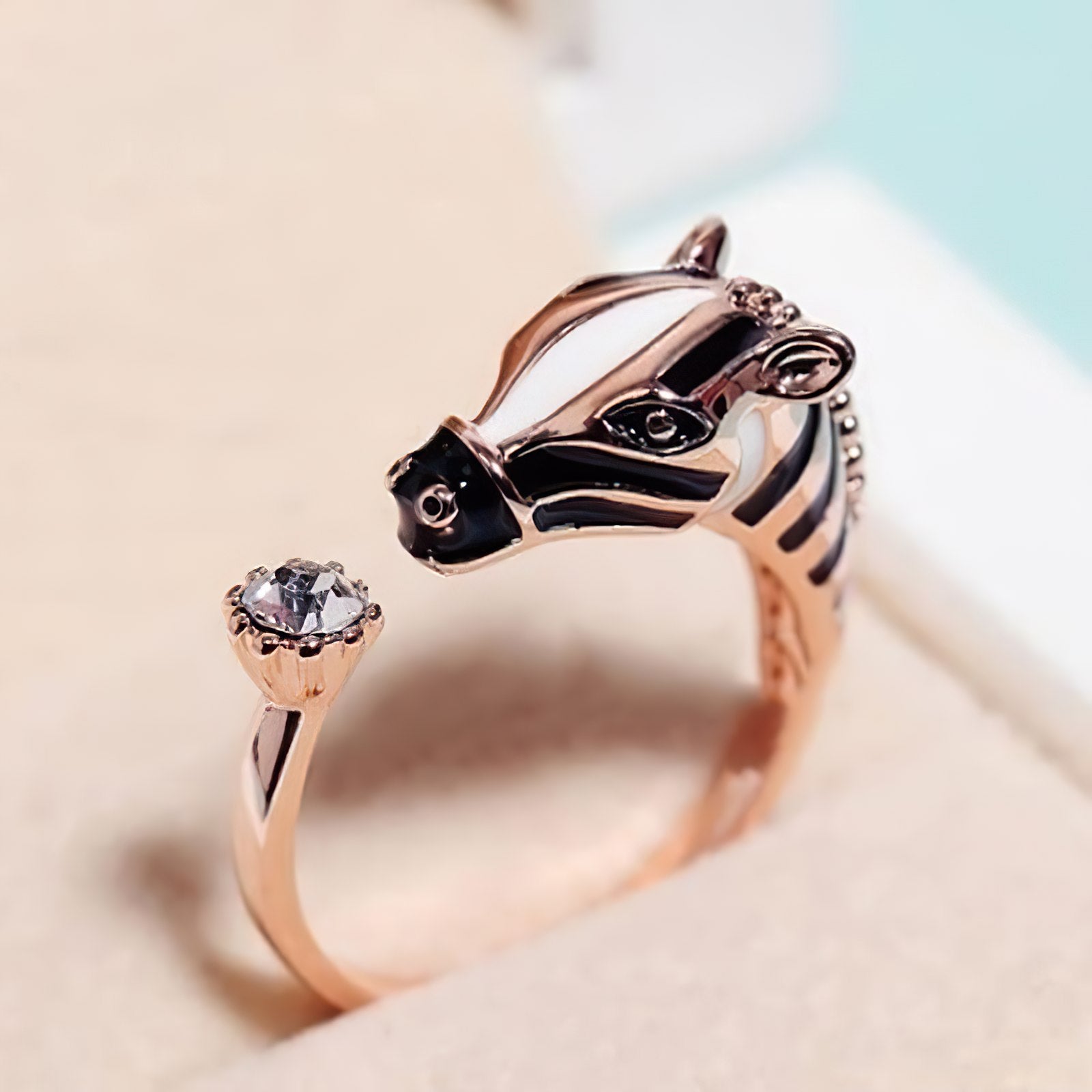


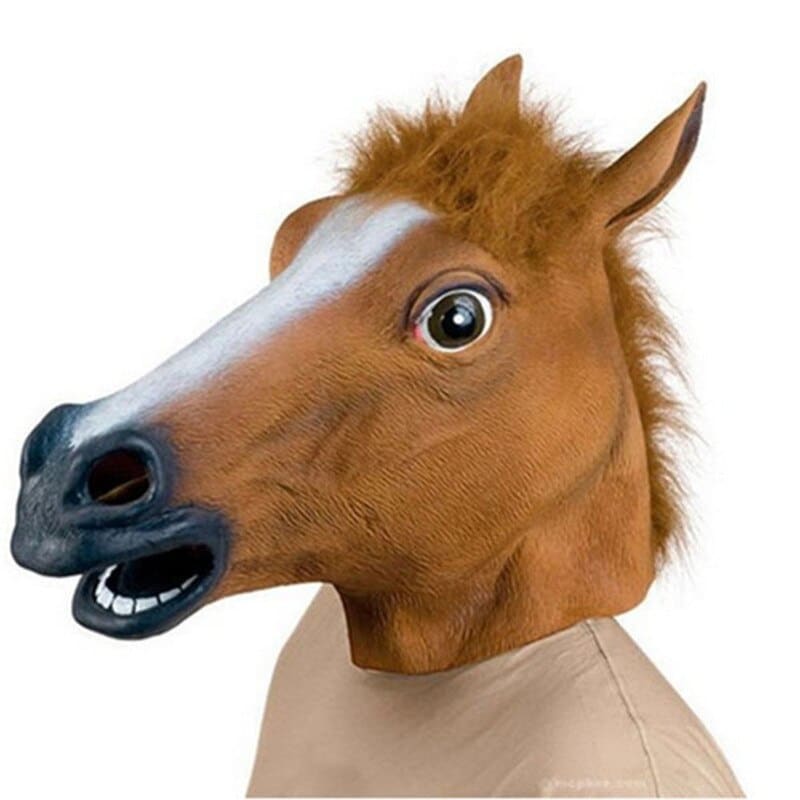

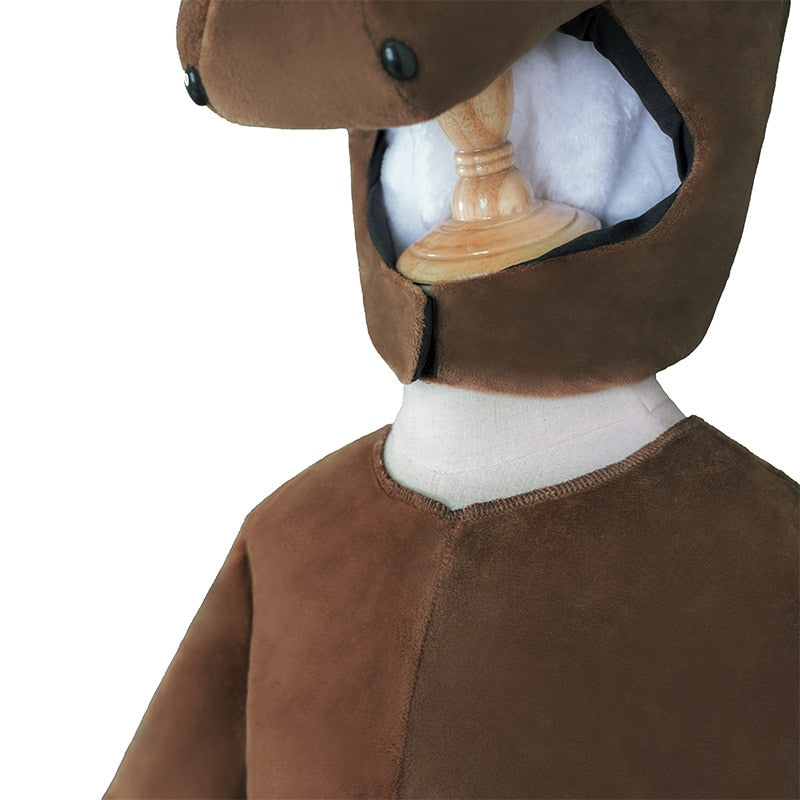
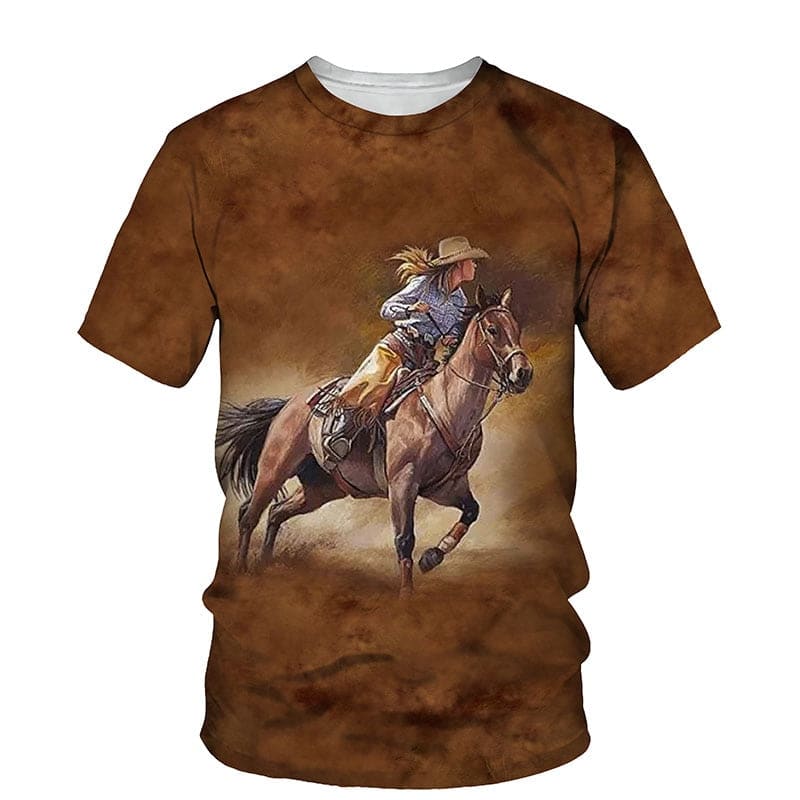

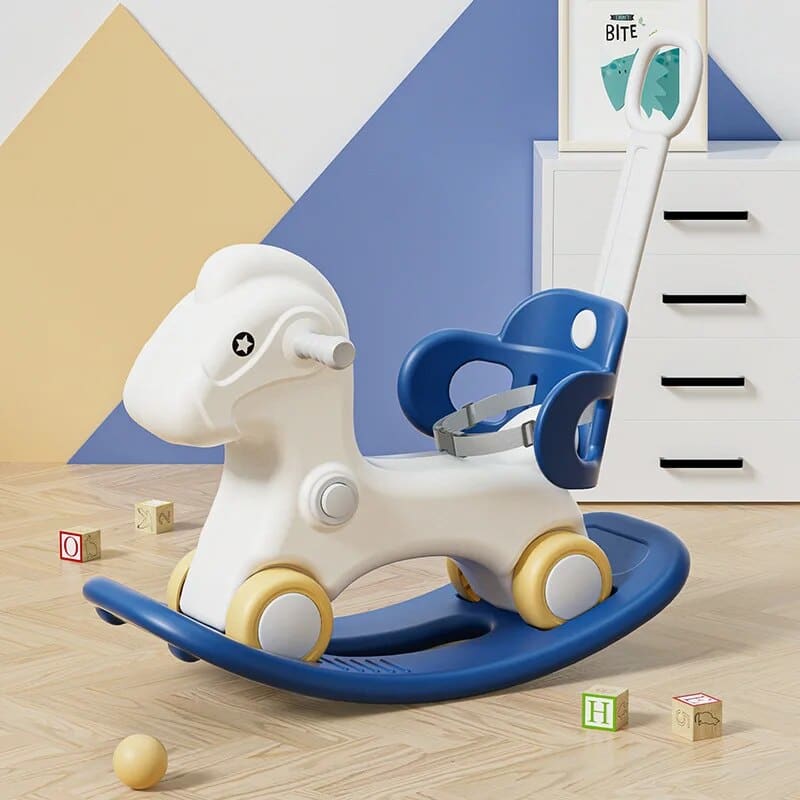
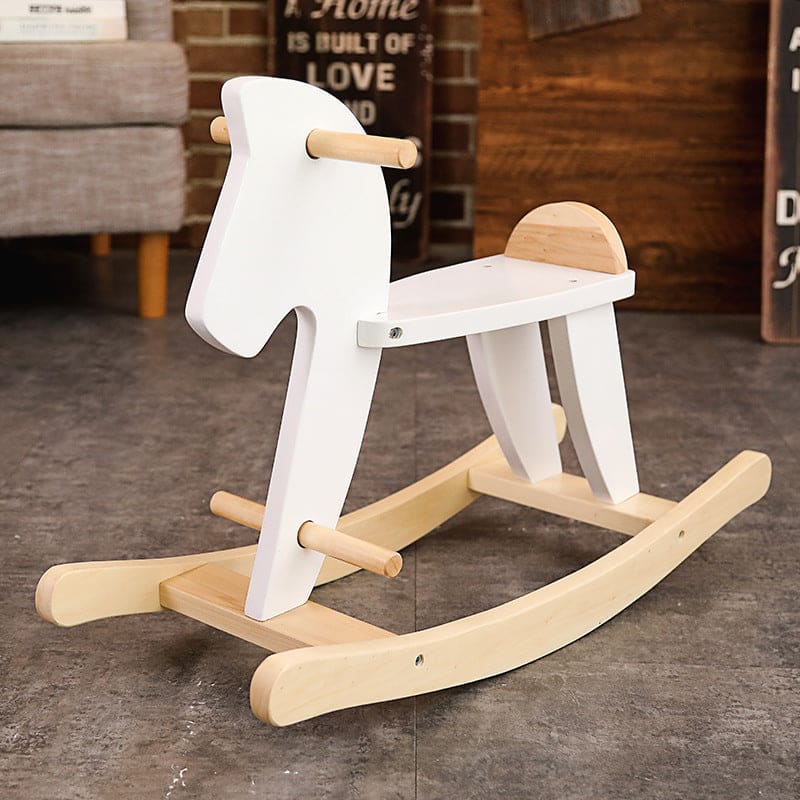

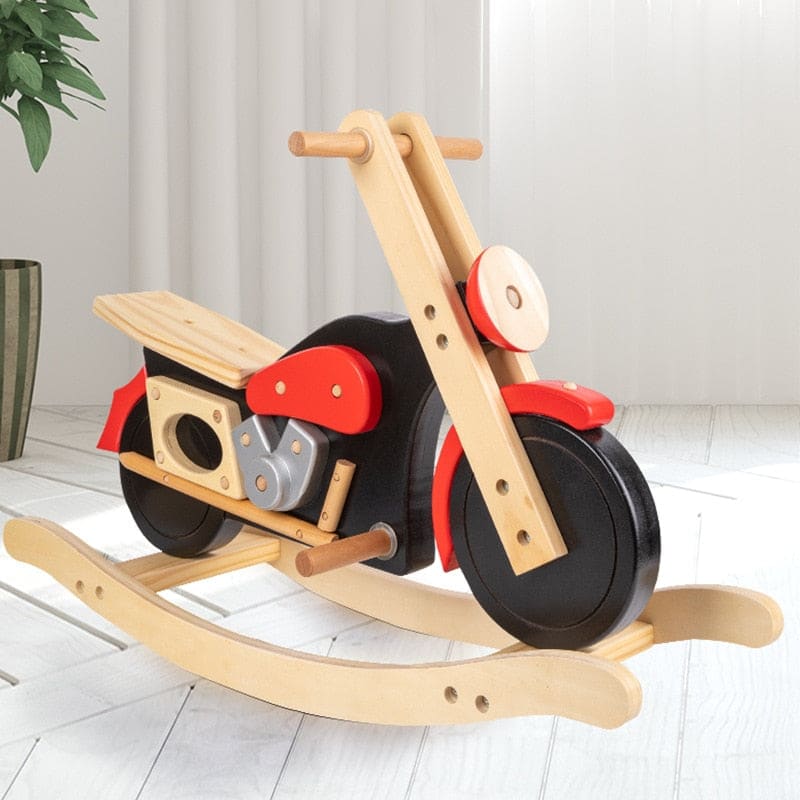
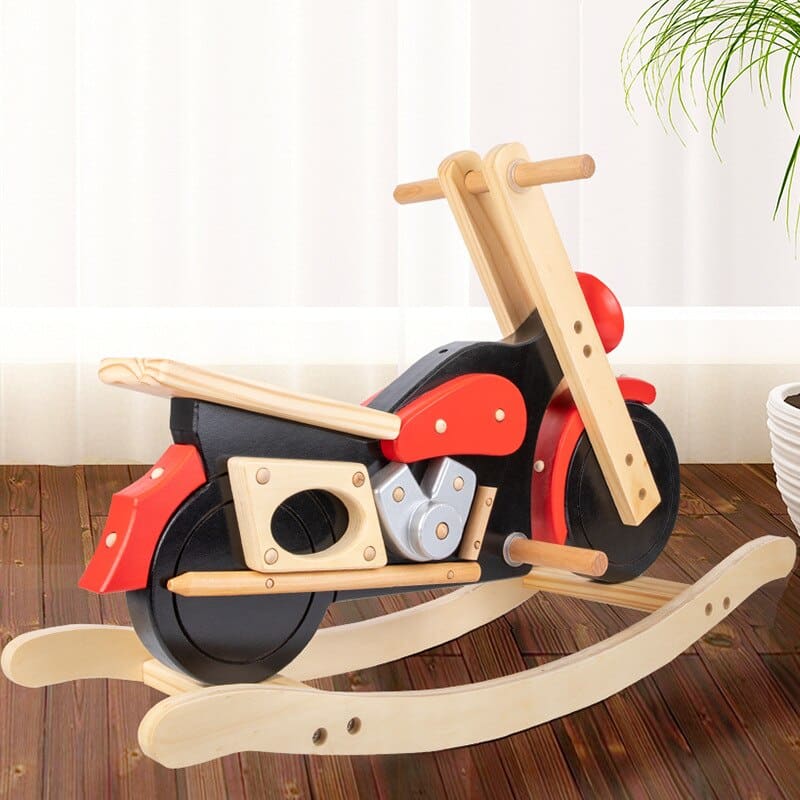

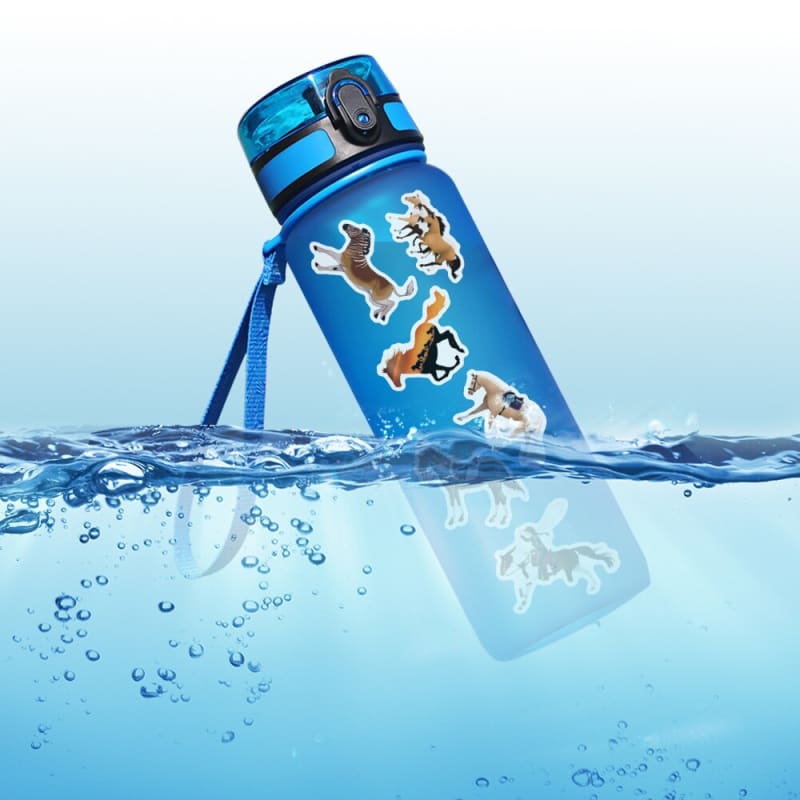
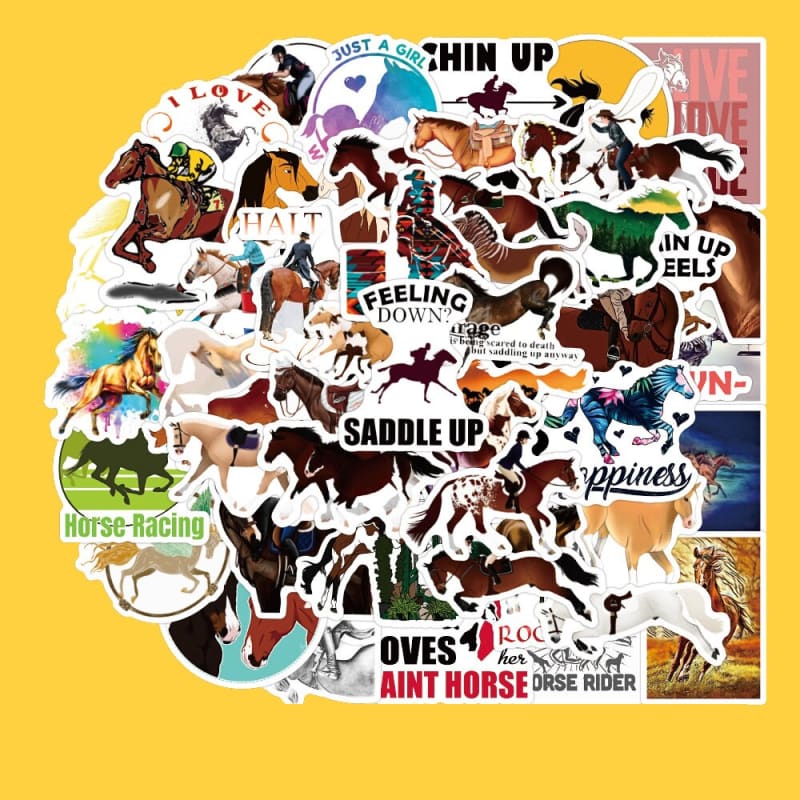

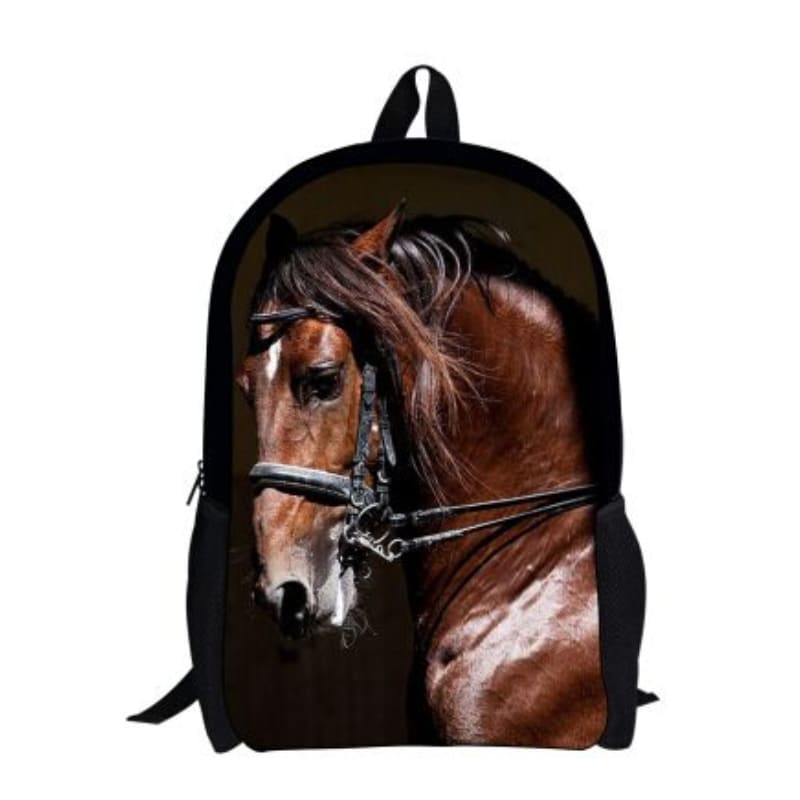


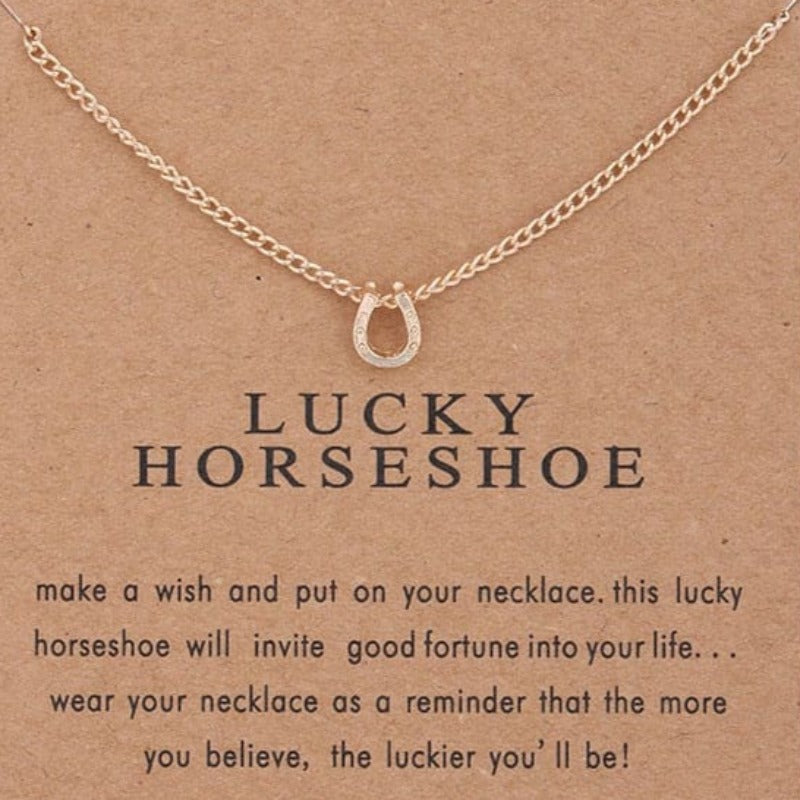
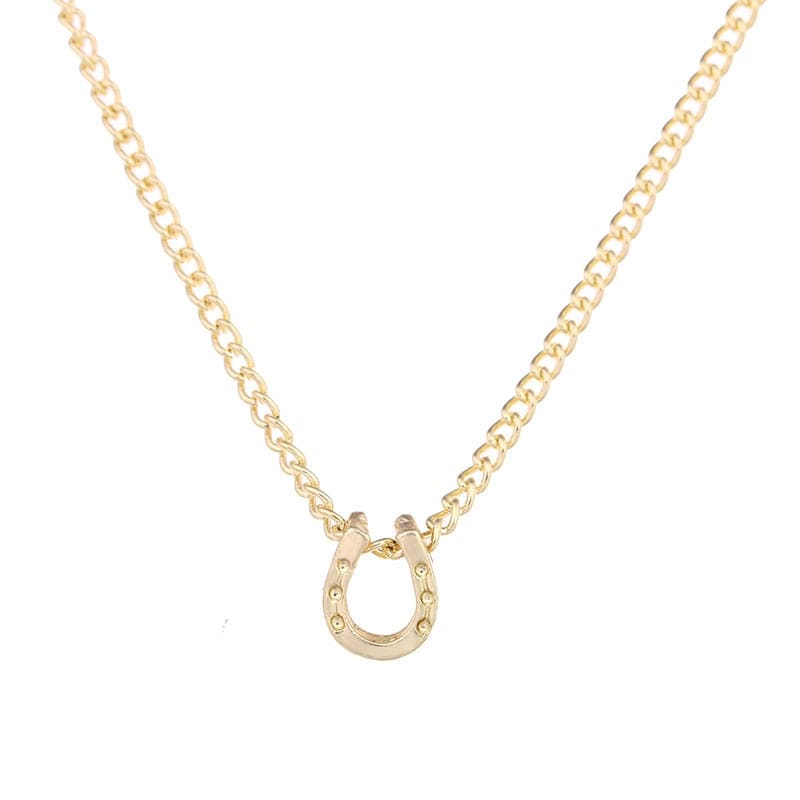

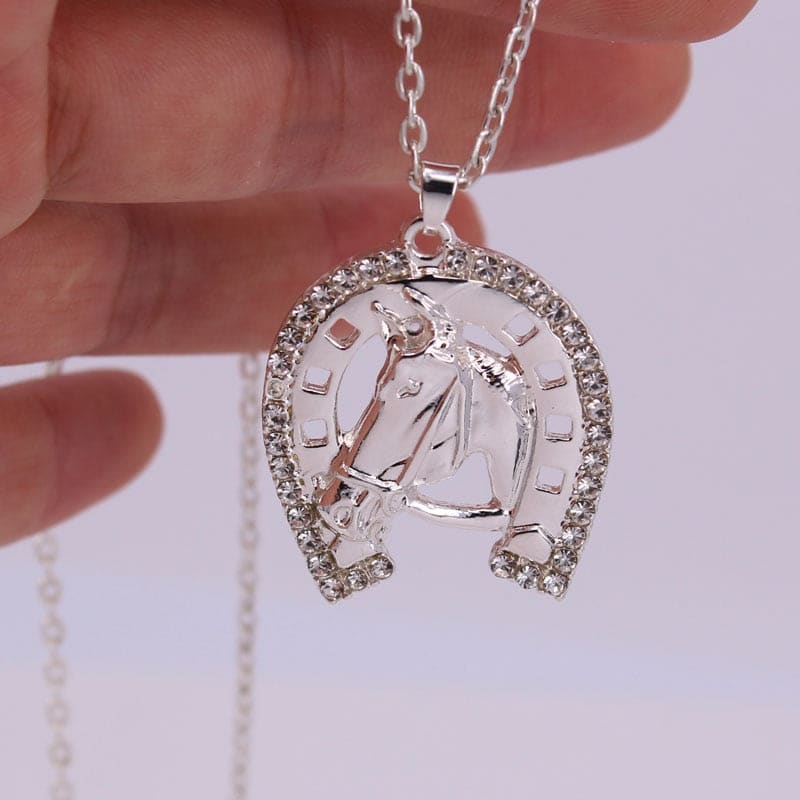

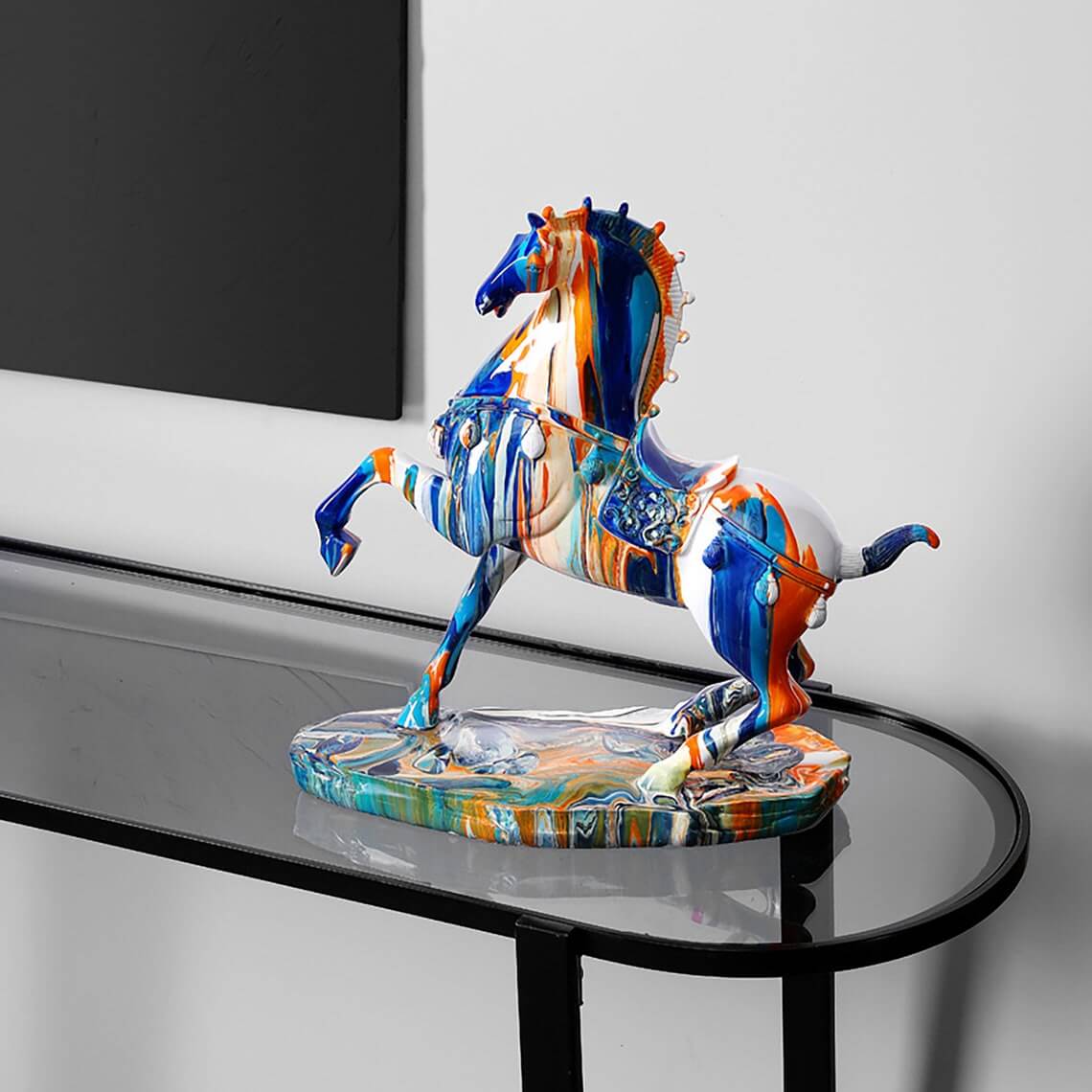




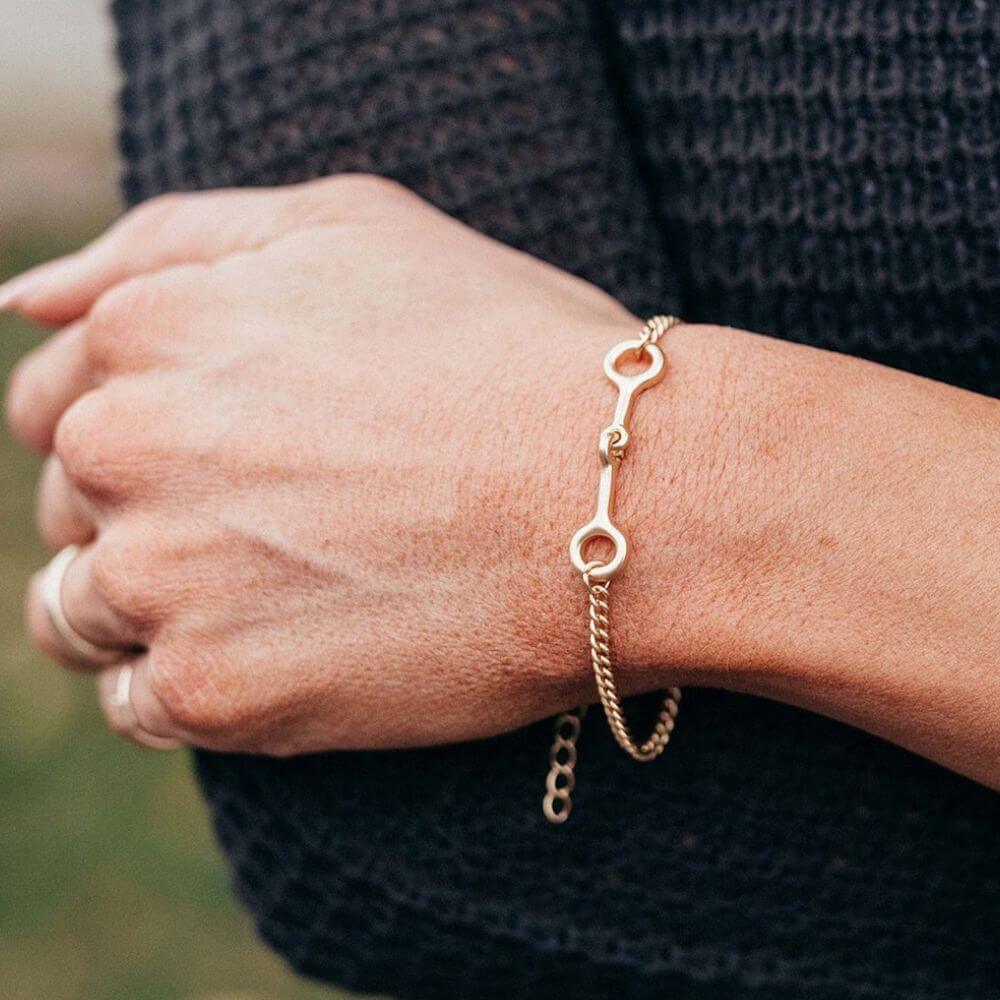


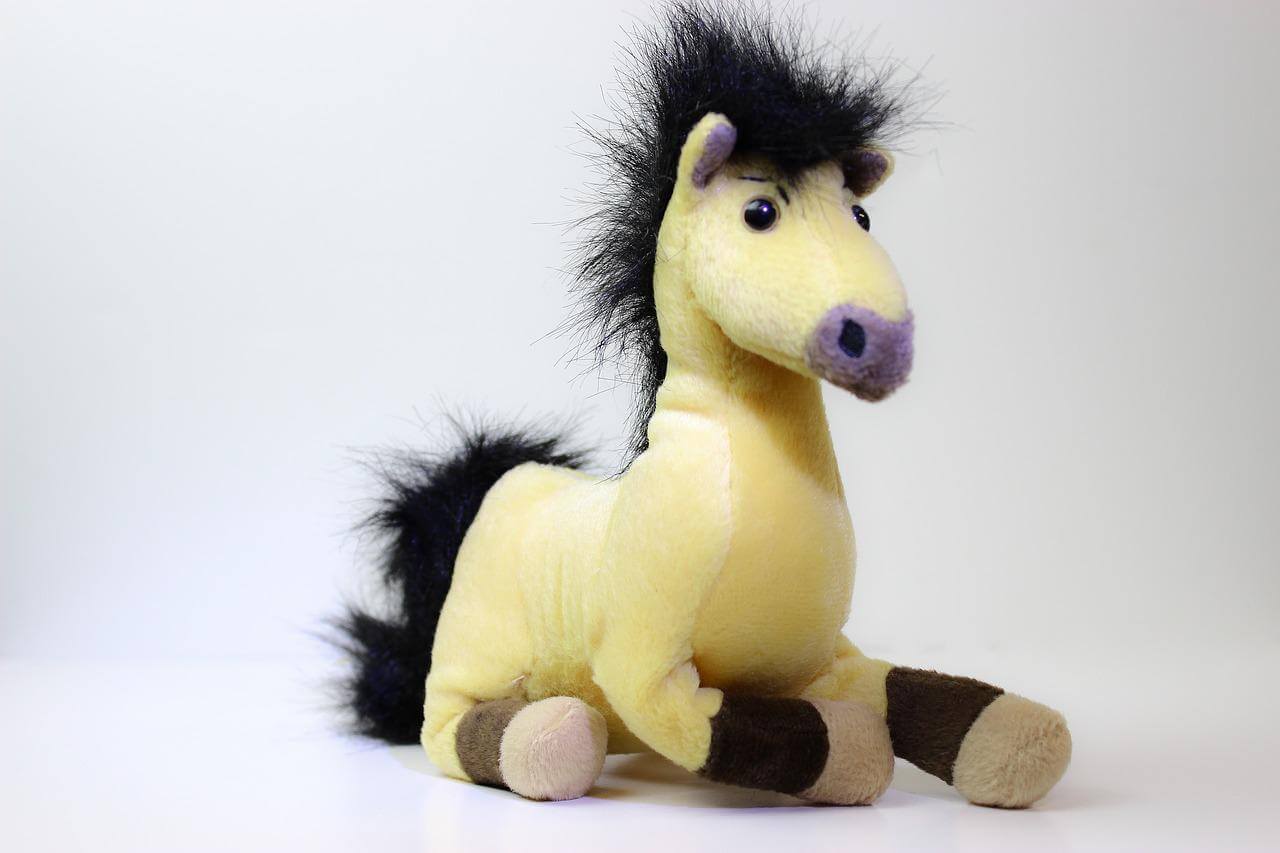
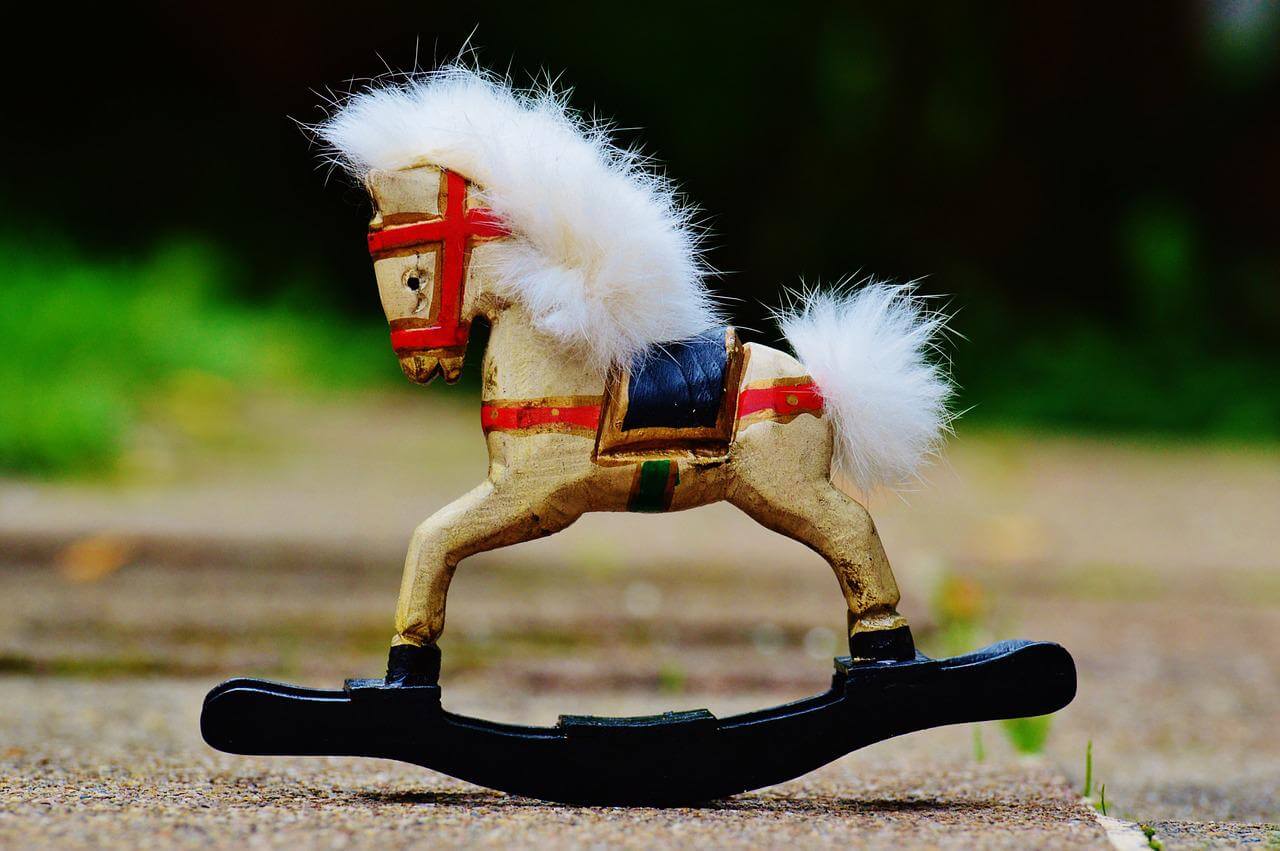
Leave a comment
All comments are moderated before being published.
This site is protected by reCAPTCHA and the Google Privacy Policy and Terms of Service apply.